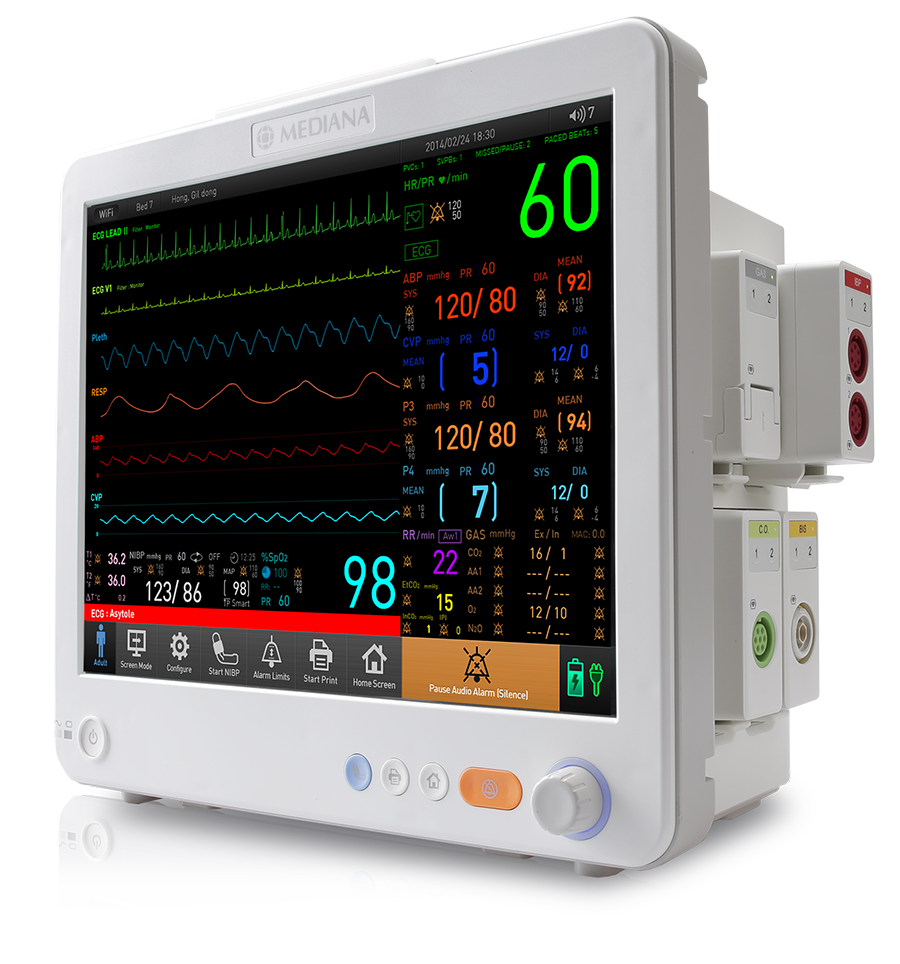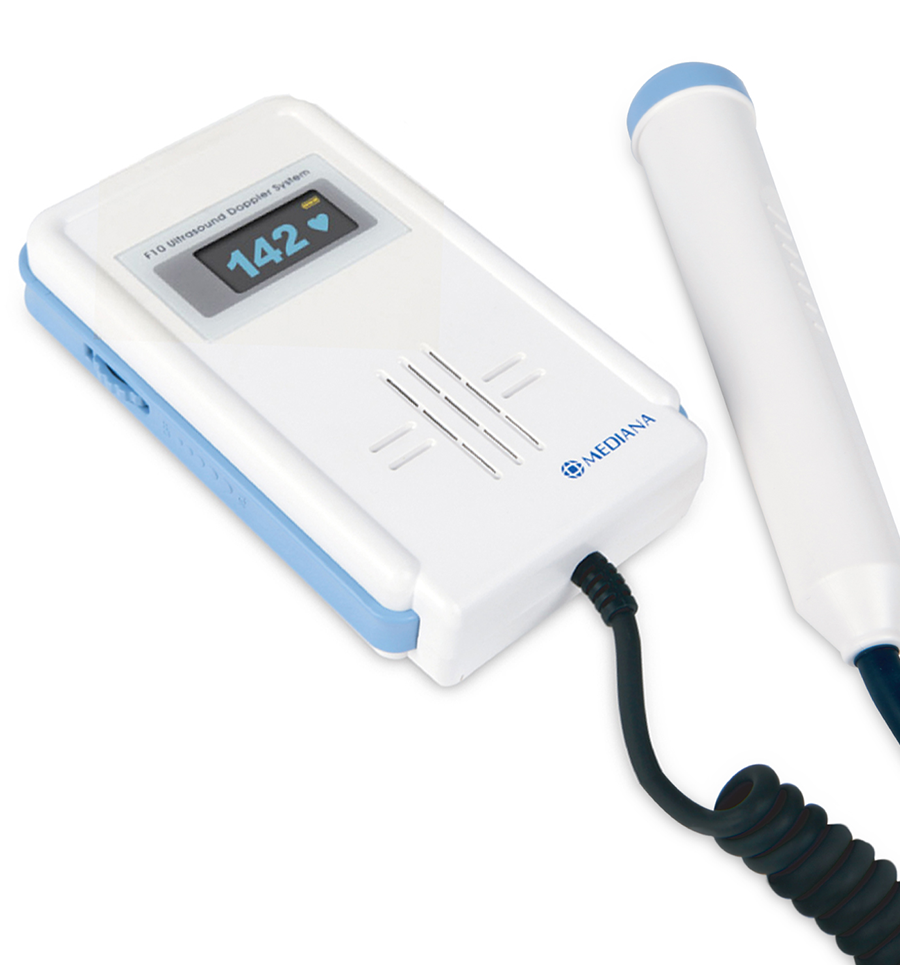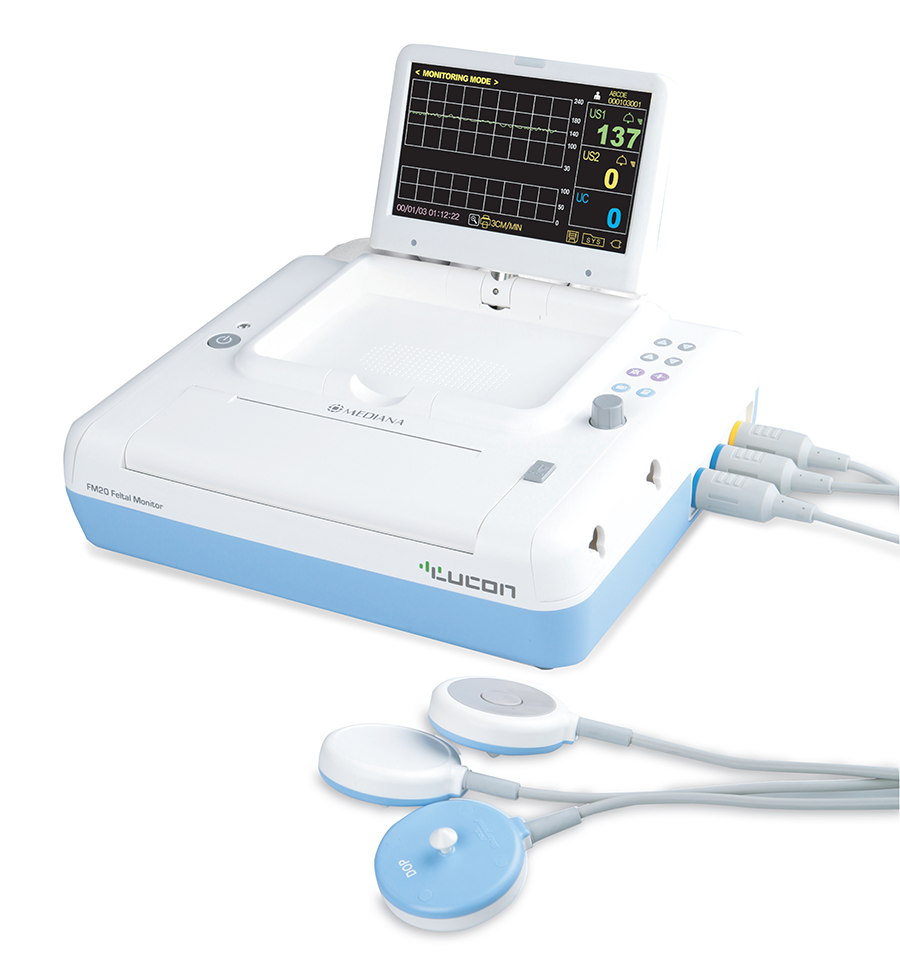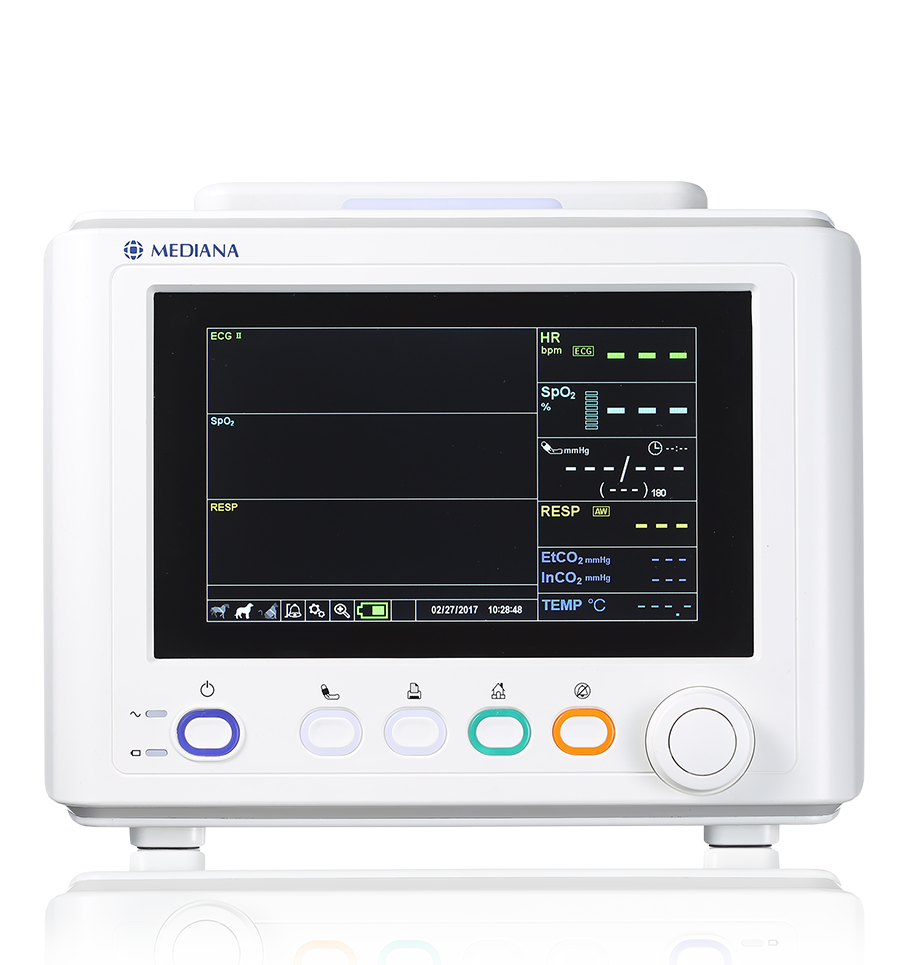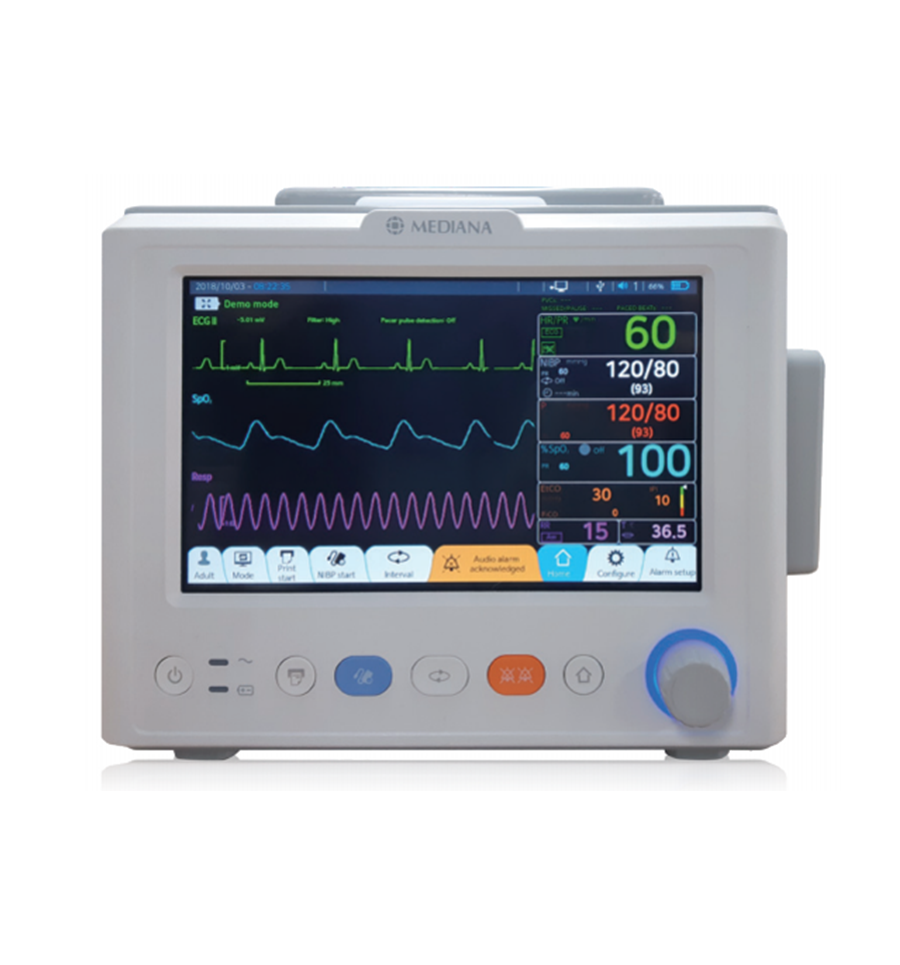The monitor is intended to be used to monitor noninvasive blood pressure (NIBP) – systolic, diastolic and mean arterial pressures, functional arterial oxygen saturation (SpO2), pulse rate (PR), temperature (Temp) for adult, pediatric and neonatal patients in all areas of a hospital and hospital-type facilities. Monitor users should be skilled at the level of a technician, doctor, nurse or medical specialist. The monitor is suitable for continuous operation.
Note: Hospital use typically includes such as general care floors, operating rooms, special procedure areas, intensive and critical care area, within the hospital. Hospital-type facilities include physician office-based facilities, sleep labs, skilled nursing facilities, surgical centers, and sub acute care centers.
Note: The medically skilled and trained user can be clinicians like doctors and nurses who know how to take and interpret a patient’s vital signs. These clinicians must take direct responsibility for the patient’s life. This can include care-givers or medically trained interpreters who are authorized under the appropriate clinical facility procedures to support patient care. Any inappropriate setting, especially the alarm limit or alarm notification settings, can lead to a hazardous situation that injures the patient, harms the patient, or threatens the patient’s life. This equipment should only be operated by trained users who can adjust the settings of the vital signs monitor.

